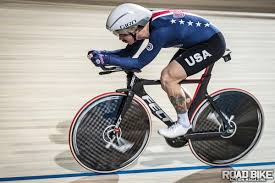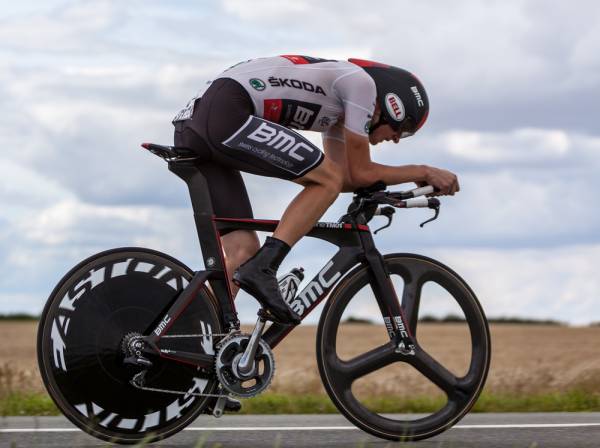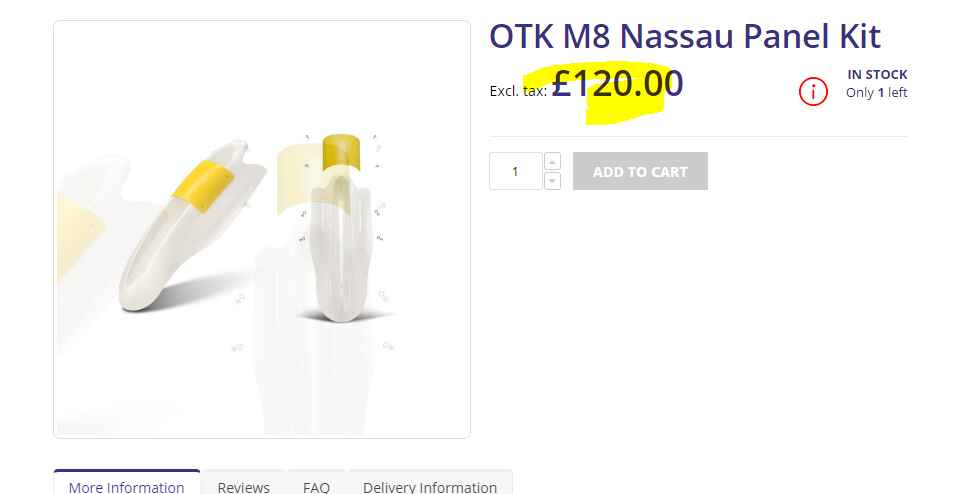Came up in a different topic but it deserves its own space so I’ve moved the posts here…
I just gotta opine, & no dis’ to GFC or anything, but I’m not really a fan of the new de rigueur bodywork that the industry seems to have migrated to. I just prefer the sharper styles from previous.
New bodywork is more aerodynamic then older bodywork. That’s why pretty much everyone had adopted them.
I am not a fan of hot dog bun look personally.
Maybe some benefit at the top tier or RR, but academic in sprint karting.
You can quantify the difference on every track I have been to and tested with my body type. Even at tight tracks I can change bodywork and see consistent improvements.
Please post the timing results.
IMO a speed trace is needed vs lap times so it can be determined where the time gain was found.
Also, this is what similar conditions with 180 degree wind shift looks like and how wind can change gearing requirements. I should have changed gearing for Saturday but since I didn’t it gives a fascinating look into how Aero effects more then just strait-line speed highlighted in green and was pretty unexpected even by me given the speed of these corners. Unfortunately, at this test I did not take a wind gauge as I didn’t know it would be an important factor in tuning at that time but I would say wind was similar both days at about 20mph so effectively a 40mph shift in wind.
Ah, yes 120 euros to have a number plate. Bargain.
New member and karter here so I’m not going to make any hard claims:
I do have a background in bicycle racing and did a good deal of aero testing in that application. Given that I was putting out about 300 watts (0.4hp) and that aero drag cubes with speed, aero starts “working” on a bicycle at 12mph, is noticeable by feel around 18-20, and is pretty huge above 25. Little things add up. Exposed brake cables, even at 1.5mm in diameter, are an aero nightmare thanks to the shape of round. There are loads more things that are good/bad that might not seem apparent at first.
There’s also a lot of information on aero/downforce in the Miata world where folks will add a well designed splitter, air dam, and spoiler or wing and drop 1-3 seconds depending on track size.
It’s unsurprising to me that aero would impact karts. Top qualifying speeds in lo206 senior at GoPro are 44-45mph average with max speeds in the upper 50s.
Getting anything cylindrically shaped including steering column, front wheels, and feet behind bodywork is probably a good start. Fully cover the brick shaped fuel tank. An engine shroud would be nice if you could maintain cooling.
Next is the driver: driving suits that fit skin tight would probably gain speed. Check out DH skiing, not a bit of flappy fabric in sight.There might be pushback on aesthetics and if everyone is doing it the gain is net zero.
120 gbp +20% tax=144gbp×1.11=159.84 Euro!
Great Vids on YT!
And thats just for the cadets!
It about £170 for a senior otk
Team coach says the hot dog karts are more planted when chasing close behind another kart, in its dirty air.
Undoubtedly. My concern is purely aesthetic. Also, you have to buy something additional to mount a gopro or fab something.
Do you think aero is more important on bikes because they are narrow and slower than a kart? I would have thought that aero would be less relevant at 25 mph than 45mph.
But if you look at regular bike races where you see packs of guys on a mountain road, that’s kinda like karting. They are drafting in packs, just like a kart race.
I suppose if we were given free reign and we created a global karting TT type thing, we’d be designing aero like the bike guys who go fast in circles on banked tracks do.
Anyways, is it more or less important (aero) in competitive cycling?


Cyclists have significantly less power available to overcome drag, so even at lower speeds, aero becomes fairly important.
The guys designing bikes and components are thinking in saving a couple watts here and there with aero.
When I worked at Trek, they were developing the three main road bikes. One focused on aero, one focused on lightness, and one focused on impact absorption. On a faster stage you’d go with the aero bike (the Madone), on a slow climbing stage you’d go with the light bike (the Emonda), and on the cobbles you’d go with the smooth-riding bike (the Domane).
Very interesting, thank you.
Well if we’re going to get serious about it, super karts already show the way.

That’s extra weight for a questionably tangible benefit. Looks cool, though.



